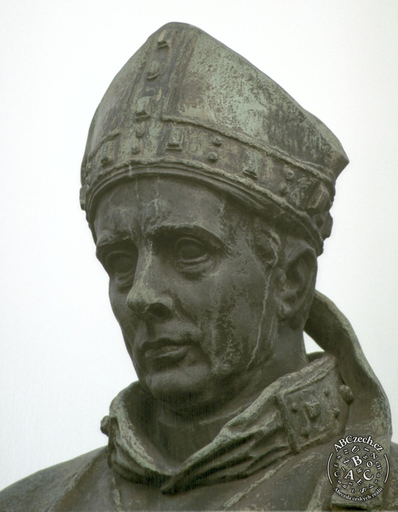
The second Bishop of Prague, member of the Slavnik dynasty, intellectual, missionary, martyr and one of the most important patrons of the Czech lands. His attributes are bishop’s regalia and often a book in his hand as well.
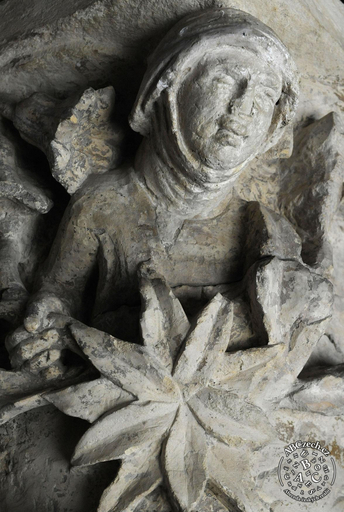
Member of the ruling Přemyslid dynasty, nun, founder of the monastery Na Františku in Prague and the Military Order of the Crusaders of the Red Star. She is the patron saint of the Czech lands.

Catholic priest, philosopher, theologian, teacher and expert in Japanese studies working mostly in Japan and in the Czech Republic.
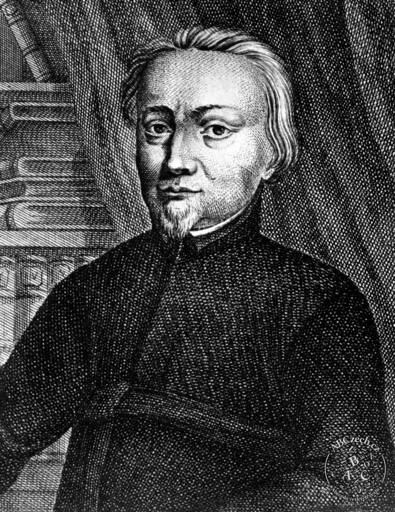
Historian, versatile writer, theoretician of the humanities, teacher and priest. His encyclopaedia and Apology for the Slavic and Especially Czech Language (Dissertatio apologetica pro lingua Slavonica, praecipue Bohemica) marked the beginning of the reform of the political and social consequences of the Battle of White Mountain.

Religious confession accepted in 1575 by representatives of non-Catholic movements in the Kingdom of Bohemia as a common programmatic basis for their struggle for religious equality.
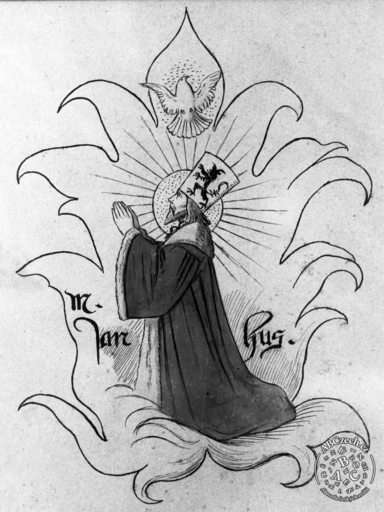
Term for the specific Bohemian attempt at reforming the Catholic Church in the 15th-17th centuries, based on the ideas of Jan Hus. Bohemian Reformation had its own development, significantly different from the Swiss and German reformation movements and partly preceded them.
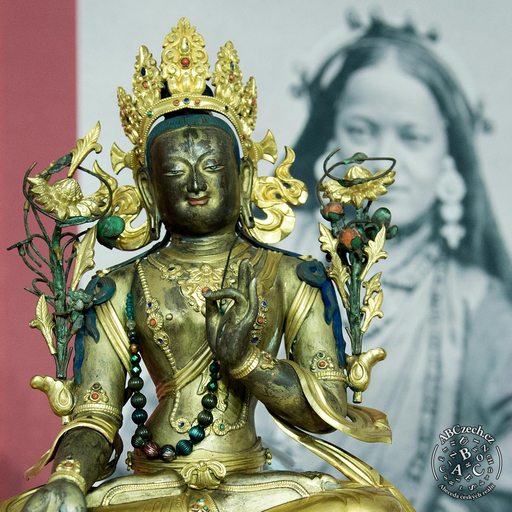
Religions attracting a lot of interest in the Czech Republic, but often the interest focuses on a selection of elements that are connected with a healthy life style, without a deeper religious content.
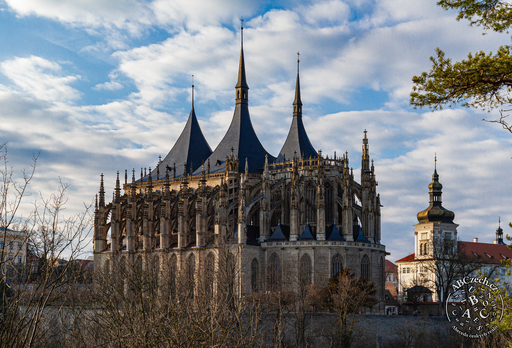
A monumental cathedral in Kutná Hora, joining the best traditions of Central European High and Late Gothic. It is one of the most ambitious and artistically demanding medieval buildings in the Czech lands.

Brothers from Thessalonica who created the first Slavonic script, the Glagolitic alphabet, and made Old Church Slavonic a liturgical language, used in the previously exclusively Latin service. Thus they created the foundations of Slavonic literacy and culture. They are patron saints of Moravia.
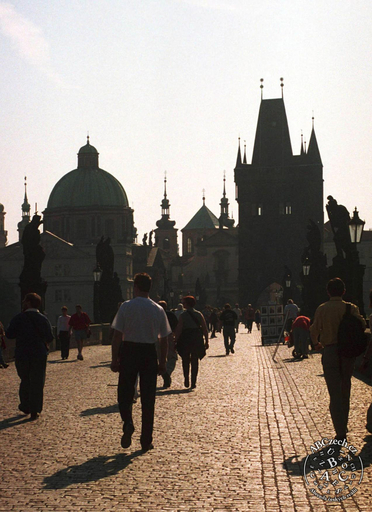
Czech religious phenomenon. In the past, inhabitants of the Czech lands were forced to change their religious confession several times, while according to current official statistical data they are regarded as one of the most atheist nation in Europe.

The Czechoslovak Hussite Church (Církev československá husitská) was created by a part of the reform movement, the so-called Catholic Modernism, by separating from the Catholic Church. The intention of Catholic priests, members of the Ohnisko association, was to introduce the Czech language into liturgy and to generally emphasise the national character of the church and introduced democratic principles in the elections of church representatives. As a result of the Pope’s and the Czech Church representatives’ rejection of their demands, the schism increased. On 8 January 1920, a meeting of reform priests was called, where it was decided to separate from the Catholic Church and found the so-called Czechoslovak Hussite Church as a specifically Czech church emphasising the development of Czech Christian traditions. In the spirit of the so-called National Revival, it emphasised the roles of Saint Cyril’s and Saint Methodius’s mission of the figures of Jan Hus and Jan Amos Komenský. It was therefore initially supported by the new Czechoslovak state. Between 1918 and 1938, a large number of architecturally good churches of the Czechoslovak Hussite Church were built in the spirit of Modernism and Functionalism. The church’s membership reached its maximum numbers around 1950. At that time, however, the church was a significantly controversial society whose members included opponents as well as supporters of the communist regime. Generally, however, the church was thought to be collaborating with the communist regime in Czechoslovakia. In 1950, it opened Hus’s Czechoslovak Theological Faculty (in 1990 merged with Charles University as Hussite Theological Faculty), which was separated from the Evangelical Theological Faculty by government order. In 1971, the church added the attribute “Hussite” to its name. After 1989, rules of the Czechoslovak Hussite Church changed. The church is currently active on the territories of the Czech Republic and Slovakia. It is headed by the Patriarch and the Central Council. Parish communities are divided into six dioceses. The highest organ in each parish community is the so-called Assembly of the Parish Community. Clerical celibacy is not compulsory. The church also ordains women; it is the church with the largest representation of female clergy in the Czech Republic. Although the Czechoslovak Hussite Church is the third largest church in the Czech Republic, the average age of its members is the highest in the Czech Republic.
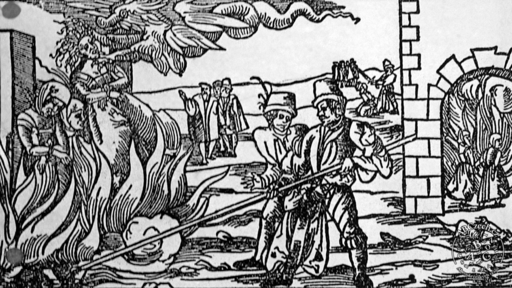
A term denoting the period between 1620 and 1781 marked by a lack of religious freedoms. It can also mean other periods of oppression and lack of freedom.

Benedictine monastery, founded by Charles IV in Prague’s New Town. It became famous primarily as the centre of Slavonic education and art, and is also one of the prime examples of art of the era of Charles IV.
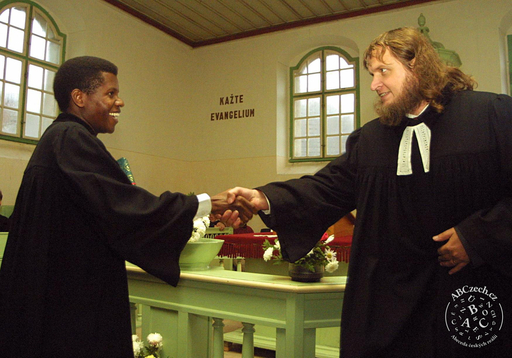
The second largest church and the largest protestant church in the Czech Republic. It was founded by merging the evangelical churches of the Helvetic Confession and the Augsburg Confession.

A movement in the Czech lands based primarily on the American mission in the 19th century. Most Evangelical churches in the Czech Republic are a part of the Czech Evangelical Alliance.

The first recorded Franciscan house in Bohemia was the monastery Na Františku, founded by Saint Agnes of Bohemia. After that, Franciscans of both strict and moderate observance founded monasteries in the Czech lands. Members of the Franciscan order are devoted to prayer, missions and pastoral care.

Archbishop of Prague and Primate of Bohemia in the period of Normalisation and the Velvet Revolution. His contribution to catechesis was also significant.

Medieval preacher, theologian and teacher. He struggled for a reformation of Church and was burned for his views. His teachings are regarded as one of the first steps toward the appearance of the European Reformation.

Religious thinker, writer and translator, one of the most prominent figures of the Czech literature of the era of the Hussite Wars and the main representative of the later form of the Hussite ideology.
2016-2020 ABCzech.cz - © Filozofická fakulta Univerzity Karlovy
Content from this website may be used without permission only for personal and non-commercial purposes and with the source cited. Any other use is allowed only with the authors' consent.
This web application Sonic.cgi meets GDPR requirements. Current information can be found here.